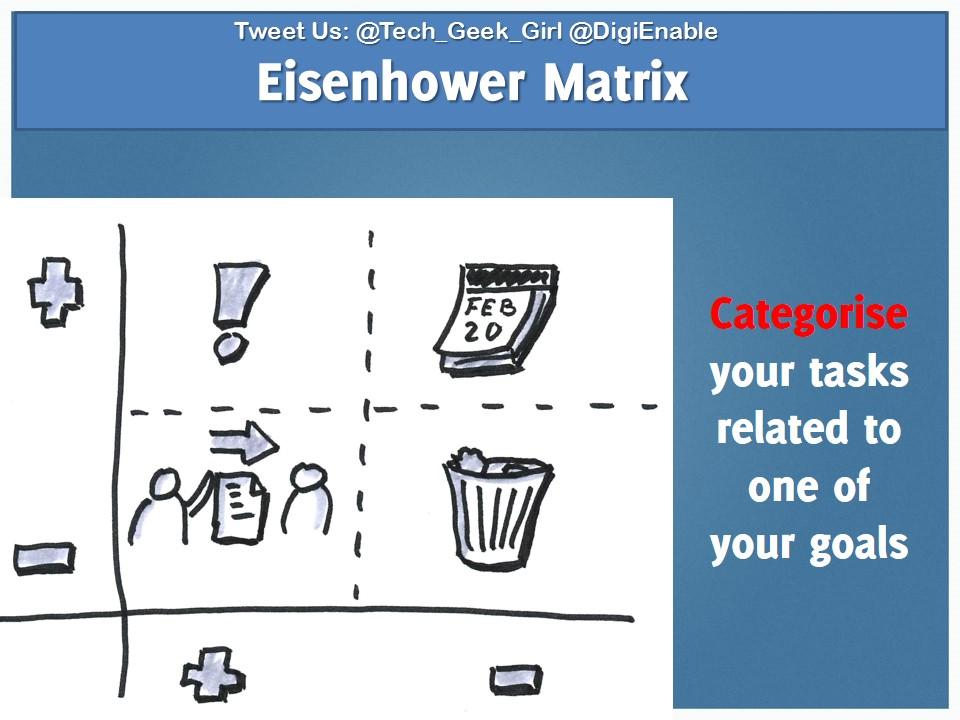
Mastering Prioritisation with The Eisenhower Matrix
Do you have trouble deciding which tasks to tackle in your business first?
We’ve all been there. When it feels like there’s just too much to get done, and you need to make a decision.
It’s not always easy to decide what you should do, and what can wait…
As always, there’s a system that can help, and it’s called The Eisenhower Matrix
The Eisenhower Matrix, also known as the Eisenhower Decision Principle, is a powerful tool that can help you to prioritise tasks and increase productivity. The system is named after President Dwight D. Eisenhower, who was known for being able to effectively prioritise his responsibilities, and here’s how it works.
The matrix categorises tasks into four quadrants, purely based on their urgency and importance.

The four quadrants of the Eisenhower Matrix are:
Urgent and important tasks – These are tasks that need to be done immediately and are critical to the success of your business. Examples might include responding to a customer complaint or resolving a major problem.
Next, Important but not urgent tasks – These are tasks that are important for the long-term success of the business, but do not require immediate attention. This may include tasks like strategic planning, training, and developing new products or service ideas.
Then we have urgent but not important tasks – These are tasks that require immediate attention, but are not critical to the success of the business, such as attending non-essential meetings, returning non-urgent phone calls, or dealing with minor problems.
Finally, we have not urgent and not important tasks – These are tasks that are neither urgent nor important, and can often be safely ignored or even better, delegated to someone else. Examples include checking personal social media channels, watching a film you’ve been wanting to see, or in my case, catching up on Love Island. .
So, here’s how to use it within your business.
First, identify all the tasks that need to be done. Once you have a list of tasks, you can then categorise them into the four quadrants of the matrix.
Now decide which quadrant. For tasks in the first quadrant, you should focus on completing them as soon as possible. For tasks in the second quadrant, you should set a specific time to complete them and work on them in between completing tasks in the first quadrant. Tasks in the third quadrant can be delegated or put off if possible, and tasks in the fourth quadrant should be avoided entirely if possible, at least until all other tasks are completed.
Please remember that the Eisenhower Matrix is designed to be a flexible tool, and tasks can move between quadrants over time. For example, a task that is important but not urgent today may become urgent tomorrow. Regularly reviewing and re-evaluating your tasks will help to ensure that you are always focusing on the most important and urgent tasks.
Happy Planning 🙂




